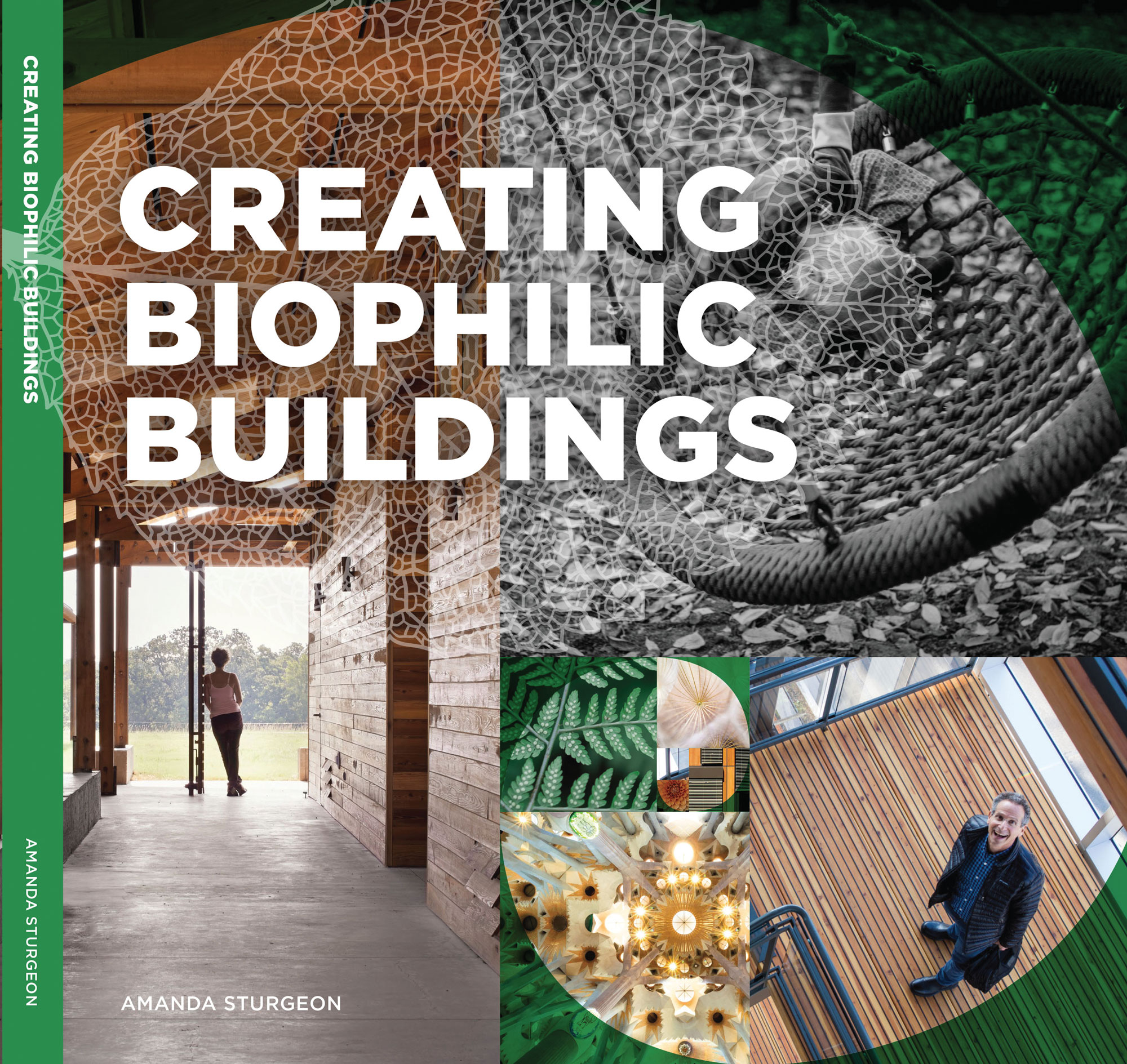Humans have been practicing biophilic design for thousands of years, building shelters with what they had in response to their climate. These were practical—they helped people stay warm or cool, protected them from weather, and helped preserve food and other possessions. But these dwellings often did much more. They were expressions of culture, reinforcing and reflecting people’s traditions and spiritual beliefs.
Not all of this knowledge has been lost. Architects like Frank Lloyd Wright dedicated their careers to creating climate-adaptive, place-based buildings. Look at Fallingwater. Integrated into a waterfall in a forest, it’s a beautiful example of a place created in response to its site, promoting interactions between people and nature.
Before architect Jørn Utzo ever put pen to paper designing the Sydney Opera House, he studied the interactions between people and water. His final design features dramatic white “sails” that evoke boats and the movement of waves and clouds; it’s an iconic building Australians embrace as a cultural symbol. The opera house fosters a deepening relationship between people and nature. As visitors approach, they engage on a path of continual ascension, up the exterior steps and into the underside of the soaring sails. As they continue up the steps, openings between the sails provide glimpses of the harbor. The journey from street to music continually reinforces the relationship to place.

Creating Biophilic Buildings calls for a biophilic design renaissance, exploring how to create places where people and nature thrive together. The book is due out from Ecotone Publishing in late 2017. [Book Jacket: Courtesy of Amanda Sturgeon]
Indigenous architecture holds many lessons about how to create shelters in response to climate by using the resources nature provides. These structures, built from locally sourced materials and in response to the conditions of the place, exemplify biophilic design.
GURUNSI EARTH HOUSES
The Gurunsi are one of many ethnic groups in the culturally rich region that includes southern Burkina Faso and northern Ghana in western Africa. Their earth houses are excellent examples of structures that utilize readily available materials while also providing an avenue for cultural expression. These round and rectilinear dwellings are made from a mixture of clay, straw, and cow droppings. The Gurunsi people have adapted their homes to the harsh climate, constructing thick walls with few openings, which keeps them cool during the hot day and comfortable during the cool night. What makes these dwellings unique are the elaborate paintings on every square inch of the exterior. Using paint made from a mixture of water, mud, cow dung, and colored soil or chalk, the Gurunsi decorate their dwellings with symbolic patterns, scenes from daily life, and animal motifs.
MESA VERDE CLIFF DWELLINGS
In southwest Colorado, the cliff dwellings at Mesa Verde provide a window into the Pueblo Indian people and their amazing architectural minds. Constructed almost 900 years ago, theses dwellings were built into high alcoves along the canyon walls and are astonishingly well preserved. The structures, which number over 600, range from small storage rooms to elaborate complexes with 50 to 200 rooms. Built with adobe and later with stone, mud, and wood beams, these ancient feats of engineering and construction persevered in heavy snow, thunderstorms, and extreme dry heat. Cliff Palace, the largest dwelling at Mesa Verde, demonstrated passive solar design centuries before modern-day practitioners embraced the approach. A massive rock overhang keeps the dwellings cool and shades them from the hot desert sun, while the thermal mass of the walls helps to moderate interior temperatures.
NATIVE AMERICAN HOUSES
American Indians built many types of dwellings throughout North America, each reflecting a specific tribe’s lifestyle and regional climate. From wigwams and tepees to longhouses and grass houses, these structures varied in materiality and form, but they were all made with earth-based materials and fashioned with an attitude of respect for the land.
The Algonquian Indians, who lived in the woodlands of New England and Eastern Canada, built wigwams. These small, easy-to-construct domed dwellings consist of a wooden frame covered with woven mats and sheets of birch bark. Ropes were used to wrap the mats and hold the birch bark in place.
The Iroquois built longhouses. While structurally similar to wigwams, longhouses could measure up to 200 feet long and house as many as 60 people—a cultural expression of the Iroquois’ community values.
These few examples show how indigenous people retained the connection to the land while meeting their physical and cultural needs. Designs shaped by climate, available building materials, and people’s lifestyles, these shelters illustrate the ingenious ways humans adapt.
While these have inspired architects around the world, their lessons don’t impact the average building built today. Most conventional buildings constructed in industrialized parts of the world are designed with cost as the main driver; while budget is a constraint on every project, good design considers many factors: energy performance, aesthetics, material choices, site and neighborhood relationships, and programming needs. Biophilic design goes a step further and considers how these design decisions can promote the health and wellbeing of the building’s occupants by connecting them with nature. Biophilic design is ultimately about making happier, healthier spaces where both people and nature can thrive.
 Amanda Sturgeon, FAIA, is CEO of the International Living Future Institute.
Amanda Sturgeon, FAIA, is CEO of the International Living Future Institute.
